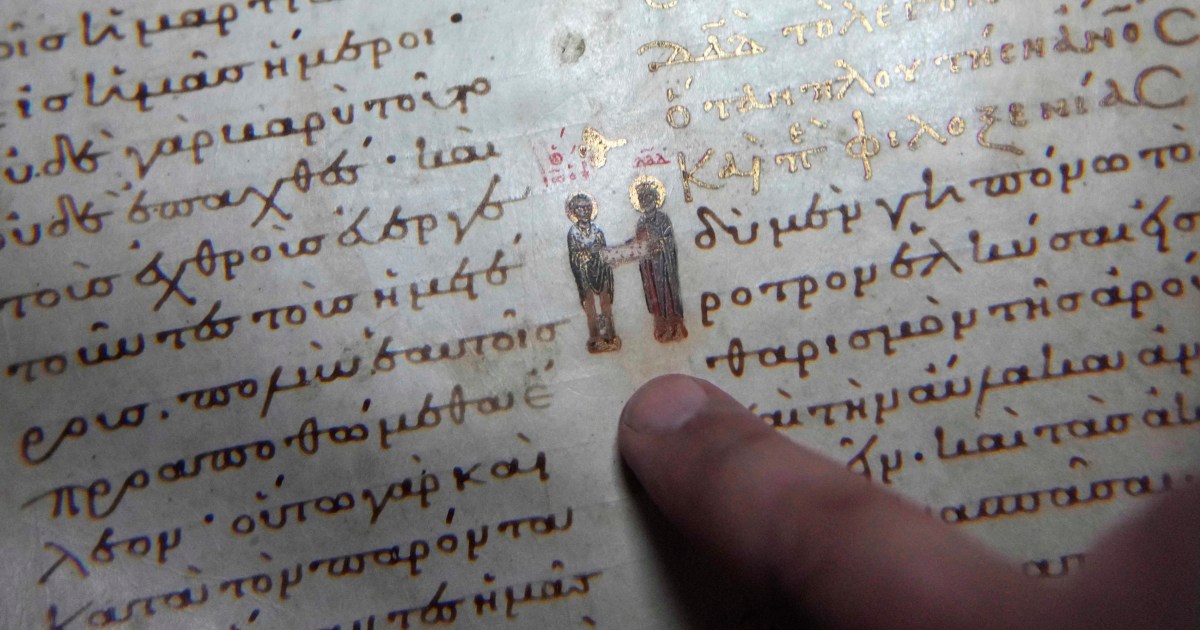
MOUNT ATHOS, Greece — A church bell sounds, the staccato thudding of mallet on plank summons monks to afternoon prayers, deep voices are raised in communal chant. And high in the great tower of Pantokrator Monastery, a metal library door swings open.
There, deep inside the medieval fortified monastery in the Mount Athos monastic Orthodox Christian community, researchers are for the first time tapping a virtually unknown treasure — thousands of Ottoman-era manuscripts that include the oldest of their kind in the world.
The libraries of the self-governed community, established more than 1,000 years ago on northern Greece’s Athos peninsula, are a repository of rare, centuries-old works in several languages including Greek, Russian and Romanian.
Many have been extensively studied, but not the Ottoman Turkish documents, products of an occupying bureaucracy that ruled northern Greece from the late 14th century — well before the Byzantine capital, Constantinople, fell to the Ottomans in 1453 — until the early 20th when the area became Greek again.
Byzantine scholar Jannis Niehoff-Panagiotidis says it’s impossible to understand Mount Athos’ economy and society under Ottoman rule without consulting these documents, which regulated the monks’ dealings with secular authorities.
“Ottoman was the official language of state,” he told The Associated Press from the library of the Pantokrator Monastery, one of 20 on the heavily wooded peninsula.
Source: | This article originally belongs to Nbcnews.com










